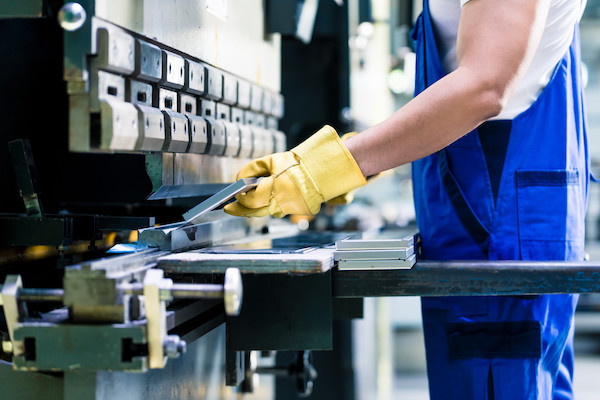The manufacturing industry continues to deal with the effects of Covid-19. Factory and coronavirus outbreaks and supply chain shortages both halted production.
But despite the challenges, the manufacturing industry continues to adapt. What will things look like in the future? How will it continue to improve?
Here’s a look at how the manufacturing industry adapted to the impact of COVID-19.
Supply Chain Adjustments in the Manufacturing Industry
One of the biggest COVID-19 manufacturing challenges continues to be supply chain disruptions. Americans continue to see shortages in about every industry, which drives up costs.
Manufacturers rely on suppliers with a narrow focus. When they can’t get one item, it creates a domino effect. Moving forward, manufacturers will likely seek to diversify their supply chain options.
Looking at the supply chain map will become critical. This will mean looking at where every piece of the manufacturing process originates.
It could become costly. Manufacturers will look to move or adjust supply chain routes from Asia to another part of the world. How long will it take to get new components of the supply chain? This will become part of the future planning process.
Local Production
Local production in industrial manufacturing is among the manufacturing industry predictions going forward.
To cut costs, many manufacturers shifted production to overseas factories in recent years. That proved disruptive when Covid-19 arrived. Manufacturers could not get the supplies they needed.
Going forward, manufacturers will likely choose American companies for production in 2021. They won’t have to rely on factories in China or Southeast Asia for parts. This won’t be possible with everything, but it’s a no-brainer for parts that can be made in the U.S.
Using American companies will keep more jobs in the U.S., thus employing more American workers.
Workforce Investment
The manufacturing industry is in dire need of workers. Many workers lack the skills needed to work on the factory floor in manufacturing in 2021. There are several ways this will help improve the manufacturing industry.
Required training in automation, robotics, machines, and other areas will be necessary. Apprenticeship programs and college courses based in the workplace will become the norm.
Manufacturers using worker retraining programs will invest upfront but will see big returns. Production will increase with fewer mistakes. It could also mean an expansion of the manufacturing facility into new businesses.
Every community will see jobs programs. Both the state and the federal government will invest heavily in jobs programs.
Worker retraining programs will be beneficial. Employers will see a higher-skilled workforce.
Some workers may become permanently remote, which is part of a new change in the workforce.
Post-Coviud Manufacturing Industry Changes
The manufacturing industry will continue to change in the post-Covid-19 world. Supply chain adjustments, local production, and workforce development are all part of the future.
If you liked this article, check out more industrial business information on our site.
